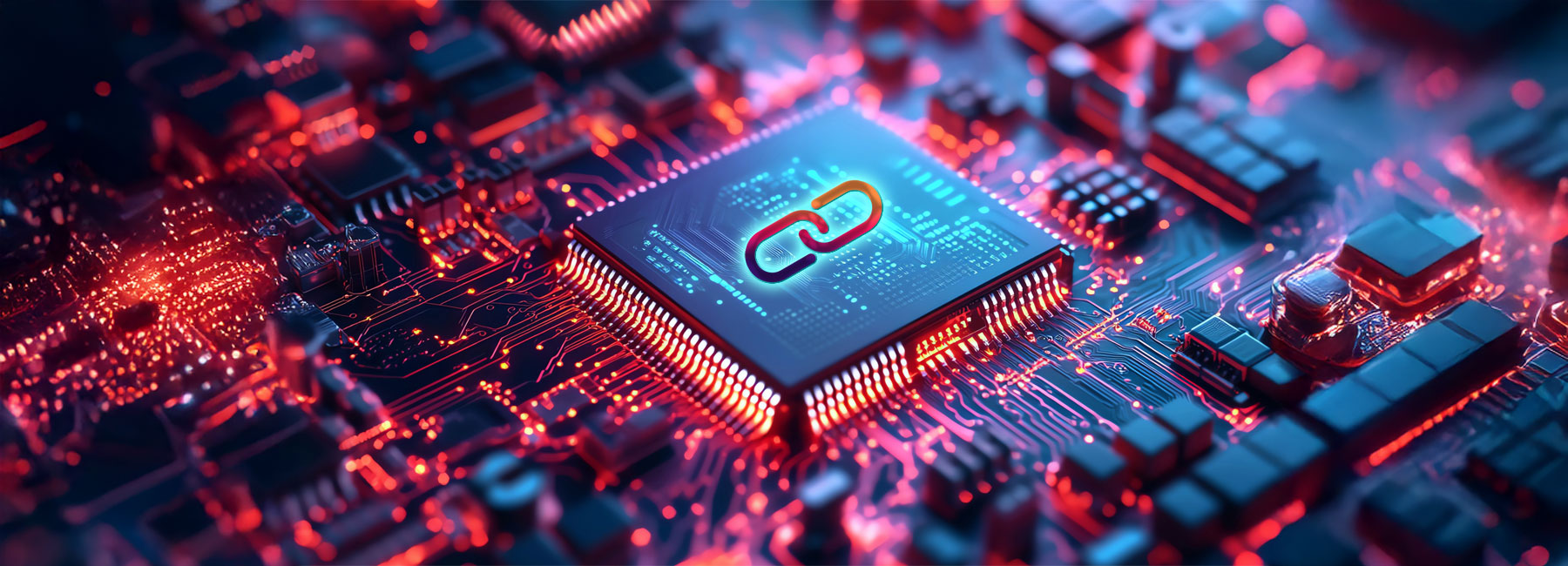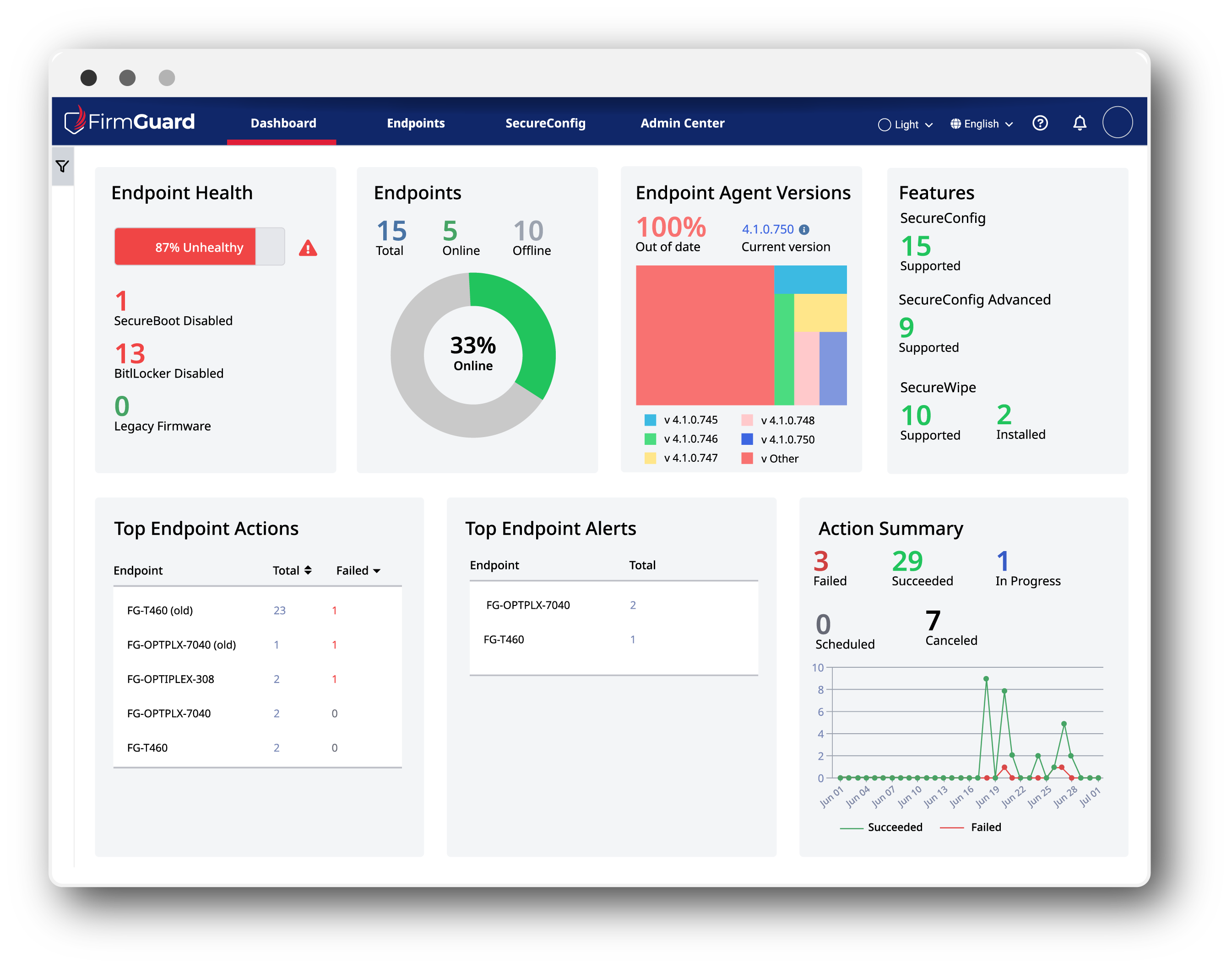For U.S. federal agencies and enterprises aiming to comply with federal standards, NIST 800-53 (Security and Privacy Controls for Information Systems) serves as a cornerstone framework. While much focus is placed on application-level security and network defenses, firmware security, and specifically BIOS management, often doesn’t get the attention it deserves.
BIOS, which is responsible for initializing hardware and launching the operating system, plays a foundational role in system security. A compromised BIOS can provide attackers with unrestricted access to systems, bypassing traditional defenses entirely. As a result, effective BIOS management isn’t just about security; it’s a key component in meeting the integrity requirements of NIST 800-53.
In this article, we’ll take a closer look at how BIOS management directly supports compliance with this critical framework and explore strategies to strengthen this foundational area of enterprise security.
The Role of BIOS in System Security
As briefly mentioned, BIOS is a low-level firmware responsible for hardware initialization during the boot process and loading the OS. Because it operates at such a fundamental level, its security has an incredibly important effect on the entire system’s integrity.
Unfortunately, this importance also makes BIOS firmware a lucrative target for attackers. A compromised BIOS can:
- Install persistent malware that remains intact even after reinstalling the OS
- Bypass traditional security controls like endpoint detection and response (EDR) solutions
- Disable secure boot processes to allow unauthorized software to run – the holy grail for hackers which would enable them to assume complete control over the endpoint, launching any rogue OS they see fit
NIST 800-53 emphasizes protecting system integrity across all layers, including firmware. This makes BIOS management an essential focus for organizations looking to align with the framework’s security controls.
Key NIST 800-53 Controls Relevant to BIOS Management
Several NIST 800-53 controls are directly or indirectly tied to BIOS management. Here’s a breakdown of the most relevant ones:
- SI-7: Software, Firmware, and Information Integrity
- What it requires: Mechanisms to ensure the integrity of software, firmware, and data.
- How it relates to BIOS: This involves validating firmware updates using digital signatures, enabling secure boot, and monitoring for unauthorized modifications.
- CM-7: Least Functionality
- What it requires: Systems should only provide essential capabilities and disable unnecessary functionality.
- How it relates to BIOS: Hardening BIOS configurations by disabling legacy features (e.g., unused USB ports or boot modes) reduces attack surfaces and aligns with this control.
- SC-28: Protection of Information at Rest
- What it requires: Encryption and secure key management to protect sensitive data.
- How it relates to BIOS: Features like Trusted Platform Module (TPM) integration within the BIOS support secure key storage and encryption.
- SI-2: Flaw Remediation
- What it requires: Prompt identification and remediation of system vulnerabilities.
- How it relates to BIOS: Keeping BIOS updated with patches that address known vulnerabilities is critical for compliance.
- AU-12: Audit Generation
- What it requires: Systems must generate logs for security-relevant events.
- How it relates to BIOS: BIOS logs can provide visibility into firmware-level changes and unauthorized modifications, supporting audit and monitoring requirements.
- SI-7: Software, Firmware, and Information Integrity
Challenges of BIOS Management in Enterprise Environments
While the importance of BIOS management is clear, implementing it effectively at scale presents several challenges:
- Diverse Hardware Environments: Enterprises often rely on hardware from multiple vendors, each with unique BIOS management tools and update processes. This lack of standardization complicates efforts to secure firmware.
- Limited Visibility: Many organizations don’t have the tools to comprehensively monitor BIOS configurations and identify vulnerabilities, leaving systems exposed to risks.
- Updating at Scale: Patching BIOS vulnerabilities can be risky. Updates can lead to downtime, hardware compatibility issues, or even bricked devices if the process fails.
- Supply Chain Risks: NIST 800-53 emphasizes securing supply chains (SA-12). Malicious firmware can be introduced during hardware procurement, requiring organizations to validate BIOS integrity before deploying devices.
Best Practices for BIOS Management to Meet NIST 800-53 Compliance
To overcome these challenges and align with NIST 800-53, organizations need a structured approach to BIOS management. Here are several actionable steps you can implement today:
- Automate BIOS Updates and Patching
- Use enterprise-grade tools to automate firmware updates across large environments while minimizing manual errors.
- Always validate updates using vendor-provided digital signatures to ensure authenticity and compliance with SI-7.
- Enforce Secure Boot Processes
- Enable Secure Boot to ensure that only trusted firmware and operating systems are loaded during startup. This supports both SC-28 and SI-7.
- Leverage hardware-based root of trust mechanisms for additional integrity assurance.
- Harden BIOS Configurations
- Disable unused or legacy features, such as booting from external USB drives, to reduce potential attack vectors. This aligns with CM-7.
- Protect BIOS settings with administrative passwords or hardware authentication mechanisms.
- Monitor and Log BIOS Changes
- Deploy tools that continuously monitor BIOS integrity and alert on unauthorized modifications.
- Integrate BIOS logs into SIEM (Security Information and Event Management) solutions to support audit requirements under AU-12.
- Implement a BIOS Risk Management Process
- Regularly audit BIOS configurations and update policies to ensure they meet NIST 800-53 requirements.
- Include firmware in vulnerability scanning and penetration testing activities to proactively identify risks.
- Automate BIOS Updates and Patching
The Future of BIOS Management and Compliance
Firmware security is rapidly evolving, and new technologies are helping organizations better protect their systems. Hardware root of trust solutions, such as Intel Boot Guard or AMD Secure Processor, provide stronger assurances of BIOS integrity. These features, which are enabled in the BIOS, ensure that systems start up with a trusted foundation, making it easier for organizations to maintain and verify firmware integrity. As such, having easy access to the BIOS is of critical importance. Similarly, remote attestation capabilities enable organizations to verify firmware health across distributed systems, further enhancing security and enabling proactive management of BIOS configurations.
As NIST updates its guidelines, including enhancements in NIST 800-53 Revision 5, enterprises must remain proactive in adapting their BIOS management practices. Effective BIOS management not only ensures compliance but also strengthens overall resilience.
Secure Your Firmware Foundation
BIOS management is more than just a compliance checkbox; it’s a critical component of any comprehensive cybersecurity strategy. By addressing BIOS vulnerabilities, automating updates, and hardening configurations, organizations can meet key NIST 800-53 control requirements while safeguarding their systems from advanced threats. Enterprises that prioritize BIOS security will be better equipped to protect their operations, maintain compliance, and build trust in their cybersecurity posture.
Book your demo and learn how FirmGuard can help you meet compliance needs.







